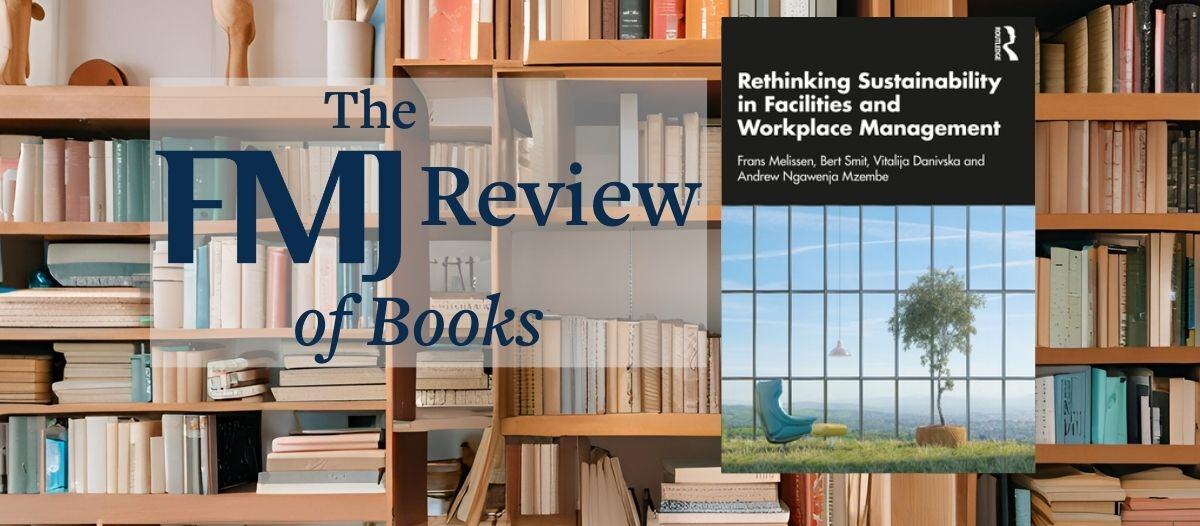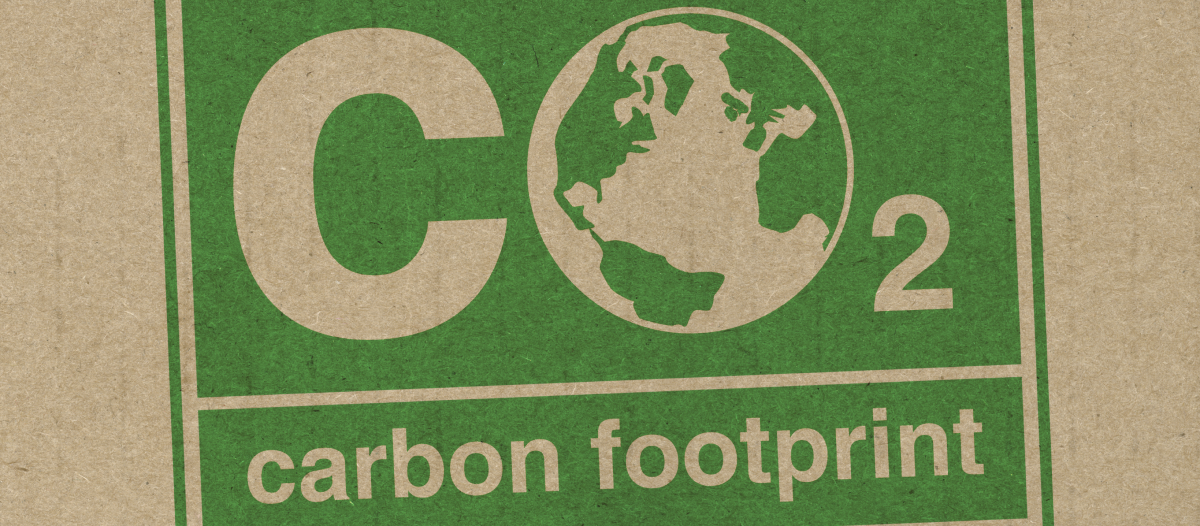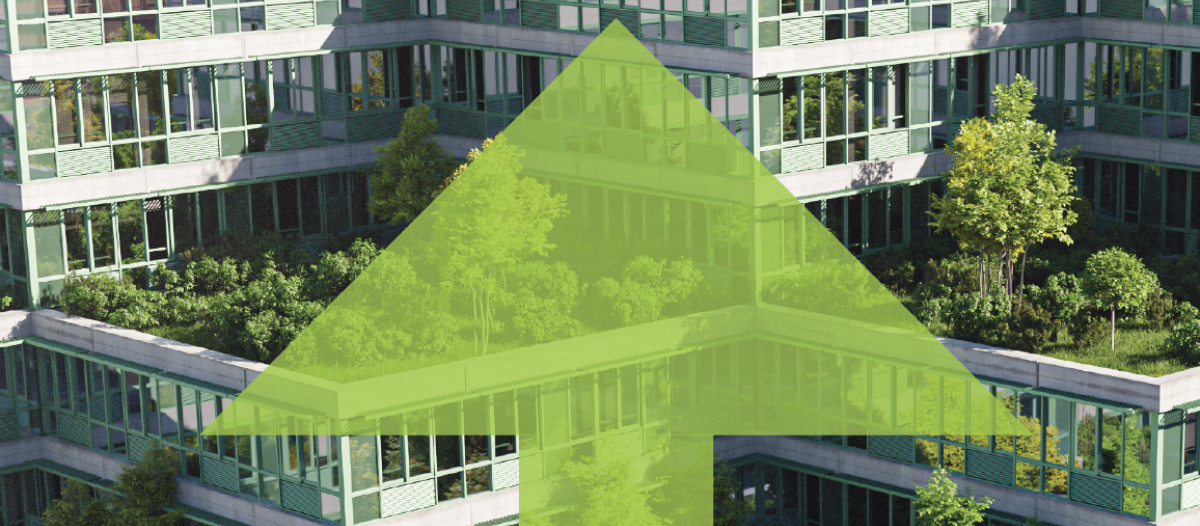Book Review
Rethinking Sustainability in Facilities & Workplace Management

“It is about time that the facilities and workplace management industry stops wallowing in ignorance and refusing to step out of its role as the villain with no other choice (but to focus on minimizing costs instead of maximizing its added value) and instead starts to live up to its potential to serve as a catalyst for achieving sustainable development of our society.”
I don’t think that statement sounds like it came from what is billed as a "textbook,” but it is truly a call to action, which this book also claims, and should be read by every professional in our industry. In other words, I highly recommend this book.
The four professors who wrote this guide teach courses on sustainable and workplace experience design, real estate economics and business ethics at the Academy of Hotel and Facility Management at Breda University of Applied Sciences in the Netherlands which is also one of the IFMA/ABET certified Accredited Degree Programs (ADP). In addition to these qualifications, Professor Melissen is the chair in Management Education for Sustainability at Antwerp University and Bret Smit serves on the IFMA Foundation’s UN Non-Governmental Organization Taskforce.
This team of experts have assembled their ideas to inspire readers in our profession to respond to their call to action to “seek the higher ground” that was referred to in a recent IFMA white paper. To the authors, this means “moving from treating sustainability as an add-on to business as usual to using sustainable development principles as a powerful concept and guideline for rethinking the relationship between the various types of organizations that together shape the industry and wider society, and using this as a reference point for improving the business model logic they apply.” And, as I hope to prove, it also means rethinking the entire value and role for facility management professionals.
The need for this call to action is clearly stated in the introduction to this thin volume. It briefly describes the sustainability movement’s beginning traced back to the publications written in the 1970s and 80s which then led up to a UN declaration in 2015 describing the 17 Sustainable Development Goals (SDGs)to be accomplished by 2030. While these goals were designed from a governmental vantage point, they have been used as a framework for not only environmental progress, but social actions by the private sector as well. Methods have emerged to create ways to measure and track progress for the growing number of participants using this framework, but even when embraced, there can be a problem in how these goals are chosen. Organizations often cherry pick those which may be the easiest to implement in the shortest time rather than taking a more comprehensive approach and embedding them in the core of all their business practices.
In its five chapters, the book covers the scope of the problems our profession faces and suggests how we might meet these challenges. The issues include:
1. Societal skepticism or outright disbelief of scientific evidence. This is evidenced by organizations greenwashing their not-so-sustainable products or services, making the public distrusting any messaging which claims eco-consciousness. This obviously does not help the cause by winning hearts, minds and behaviors to acknowledge what science and experts are telling us to change the way we are treating the planet and each other. The early example of Interface’s embracing the concept of circularity in carpet manufacturing in the mid 1990s remains an inspiration as a corporation embedding sustainability in their product and corporate strategy which continues decades later.
2. The complexity of the working groups in the built environment industry. The sheer number of professions and associations working in the built environment makes it extremely difficult to find consensus. Each profession has their own language, practices, industry groups and expertise and does not often co-mingle. I found this to be true as I tried in two international tech companies to get the architects, engineers, builders and facility management experts to work together on a built environment tech project, to no avail.
Even in FM alone, there are separate industry groups for different facilities and they can have subgroups within them, like education which has many according to level of the institutions and job classification. Yet we are all responsible for the environmental problems of our planetary crisis. Using the SDG framework certainly helps to create some common ground between them. Embracing this concept of sustainability also ensures social issues are also included.
3. FM: A People Business. "It is good people who make good places” (Anne Sewell, Black Beauty). These good people are some of the most critical in deploying sustainability practices in FM. The authors explore various theories about this, and determined that there are various mechanisms, balancing acts and methods which can stimulate and promote sustainable decisions and behaviors. By deploying these ideas, one should be perfectly positioned to involve the users and their needs for places of work and their subsequent experiences. This discussion is followed by a chapter focused on the other stakeholders in an organization, like the company, university, factory, lab, or shopping center with multiple stores, etc. The “sale” on sustainability often requires aligning the benefits with different core values and situations of the organizations. An organizational DNA quadrant developed by M.P. Driessen (2005) is included which describes four organization typologies (pioneer, salesman, manager and professional) each with specific characteristics describing how they are likely to react in certain situations. For example, a ‘manager type’ cares about being reliable and fostering good relationships with customers and thinks about the tradition of the company, while projecting stability, particularly in uncertain times. The pitch to the manager would be about how sustainability practices are good for the customers in terms of ensuring better service as in the company tradition.
4. Technology is not the only answer for success. One section focuses on the five main problem areas which need to be addressed by our industry which could have the most benefit by implementing technological applications, as well as addressing the non-tech related aspects regarding changes in human behavior. By defining the issues involved in “Big Five:” of energy and greenhouse gas emissions; building (materials, maintenance, furnishings); waste/pollution; water and food/drink, the FM profession could demonstrate most efficiently the biggest impact to a world which still does not understand the effect we can have on a sustainable future. “For some aspects of these five key topics, investing in new technologies, equipment and processes could significantly contribute to reducing negative impacts and even create possibilities to have a positive impact. However, reducing one's negative impact can also be accomplished without complicated technologies, huge investments and having to relocate to a brand new” As an example, in food/drink, while having effect on water and energy usage and waste disposal, it also requires human behavior to change in both how food is sourced (like harvesting it from the roof or the side of your building or buying produce from a local farm) and what products are chosen (animal-based or organic) for company cafes, cafeterias and catering events.
5. Real action is at the locallevel. In Rana Foroohar’s recently published book, Homecoming, she reflects that, “It is time for a reset. We need to share the wealth more broadly. We need to understand that economic well-being isn't just about growth at the international or even the national level, but rather about real people, human beings living in specific communities. People matter. Place matters. All places.” (2022).
The chapter on the community as stakeholders is about the "real people" in our society who are not often acknowledged in FM publications. They are the group of people who live, work, learn, play, shop and visit the neighborhoods which surround the buildings we house our organizations. We have often turned our backs to them in the design of our buildings where on the ground floors of our statuesque steel and glass towers of power, with cold and imposing lobbies designed to repel anyone who does not have a business reason for entering these sacred portals of commerce. This type of design totally denies the context, both historic and current, of the environment in which the building was placed into. We need to understand and be a part of this part of the town or city, since we need to reach beyond our internal communities and get involved with the environmental, social and economic redevelopment in an extended sustainability agenda. And as we include the community in the process, the work done on this level is thus automatically connected and intertwined with the regional, country and global eco-systems. It is here where the call to action can be addressed more profoundly. In fact, to understand the impact of this type of rethinking, see what is happening in successful community work around the world:
If you’re in Europe:
-
Go to Amsterdam, to the city hall and find a city planner who is involved in Kate Raworth’s Donut Economy project which includes community members working on achieving the 17 SDGs, while ensuring the work is done within the right planetary boundaries, all part of the city’s post COVID-19 recovery plan. Read The Amsterdam City Donut. A Tool for Transformative Action (kateraworth.com); visit Michael Baars Amsterdam office where his industrial engineering firm is urban mining old building material into construction of new buildings as written up in a New York Times Oct. 21, 2022
If you’re in the U.S.:
-
Go to Newark, New Jersey and see the work that Audible has done after they moved their headquarters into a rundown Washington Park neighborhood and employs local residents who get subsidies for lunches bought from the local restaurants and checkout the nearby Audible Innovation Cathedral, a renovated 1933 church still displaying its sparkling stained-glass windows, organ pipes and bowling alley and now is high-tech office space for 400 staff members.
-
Go to Denver, Colorado and arrange to meet Dean Stanberry (on IFMA Board of Directors) and he will introduce you to the folks in the Denver Economic Development and the Climate Action, Sustainability and Resiliency (CASR) office who have created a Good Green Jobs program which granted the IFMA Foundation with Goodwill Industries to train apprentices in FM and sustainability and linked to the local IFMA Chapter to provide employers to work with after their training.
-
Go to Louisville, Kentucky and meet Scott Koloms, CEO of Facilities Management Services, whose story includes inheriting his father’s failing business and then creating the state’s first B Corp. He would be delighted to introduce you to his employees who, though partnering with local financial institutions, are giving these cleaners the ability to own their own homes, cars and have a purposeful job. Sustainability is embedded in the DNA of FMs in this fabulous example of what ESG can look like.

Nancy Sanquist, IFMA Fellow, is a professional involved in the built environment for the last few decades. She is the Past Chair of the IFMA Foundation, with which she has worked for the last six years. She is a co-founder of the Global Workforce Initiative (GWI) and the Workplace Evolutionaries, and is the author of many articles and co-editor of books on FM/CRE, technology, architecture, urban planning and maintenance including the award-winning book series titled “Work on the Move (1&2).” She is working on a new book on “Reimagining Place in the 21st Century.”
References
“Seeking Higher Ground: Navigating the FM Industry’s Transformation,” by Mark Mobach, Nancy Sanquist and Jeffrey Saunders, 2022.
Read more on Sustainability
Explore All FMJ Topics









